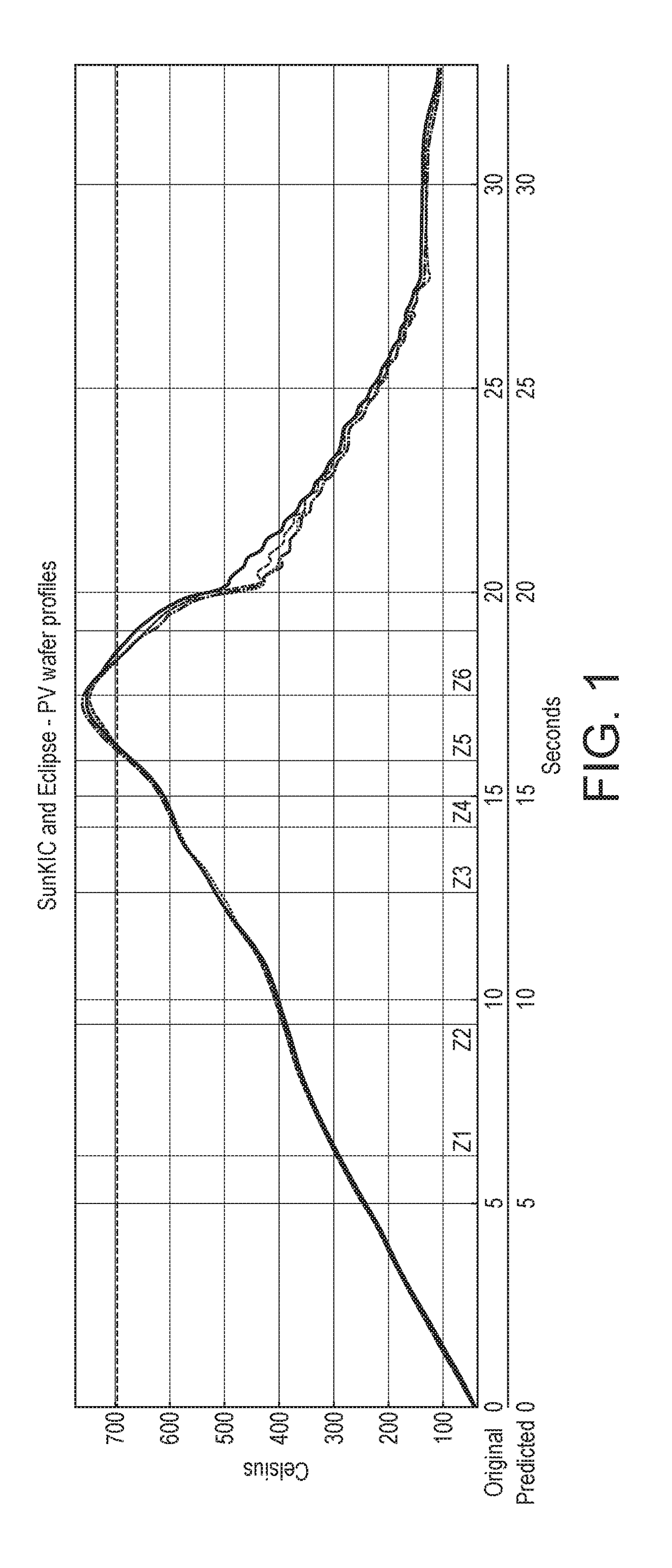Conductive paste, method, electrode and solar cell
a technology of conductive paste and electrode, applied in the field of conductive paste, can solve the problems of reducing the ability of solar energy to be converted into electrical energy, high contact resistance, etc., and achieve excellent (lowered) contact resistance and good balance of properties
- Summary
- Abstract
- Description
- Claims
- Application Information
AI Technical Summary
Benefits of technology
Problems solved by technology
Method used
Image
Examples
examples
[0134]Glass Synthesis
[0135]Glass frits were prepared using commercially available raw materials. The compositions of the glass frits are given in Table 1. Each glass was made according to the following procedure.
[0136]Raw materials for the glass were mixed using a laboratory mixer. 100 g of the glass raw materials mixture was melted in ceramic crucible, in a Carbolite electrical laboratory furnace. The crucibles containing the raw material mixture were placed in the furnace while it was still cold, to avoid thermal shock and cracking of the ceramic crucible. Melting was carried out at 1000-1200° C. in air. The molten glass was quenched in water to obtain the glass frit. The frit was dried overnight in a heating chamber at 120° C., then wet milled in a planetary mill to provide particles having a D90 particle size of less than 2 μm (determined using a laser diffraction method using a Malvern Mastersizer 2000). Wet milling may be carried out in organic solvent or water.
[0137]Particle ...
PUM
| Property | Measurement | Unit |
|---|---|---|
| D90 particle size | aaaaa | aaaaa |
| D50 particle size | aaaaa | aaaaa |
| particle size | aaaaa | aaaaa |
Abstract
Description
Claims
Application Information
 Login to View More
Login to View More - R&D
- Intellectual Property
- Life Sciences
- Materials
- Tech Scout
- Unparalleled Data Quality
- Higher Quality Content
- 60% Fewer Hallucinations
Browse by: Latest US Patents, China's latest patents, Technical Efficacy Thesaurus, Application Domain, Technology Topic, Popular Technical Reports.
© 2025 PatSnap. All rights reserved.Legal|Privacy policy|Modern Slavery Act Transparency Statement|Sitemap|About US| Contact US: help@patsnap.com

